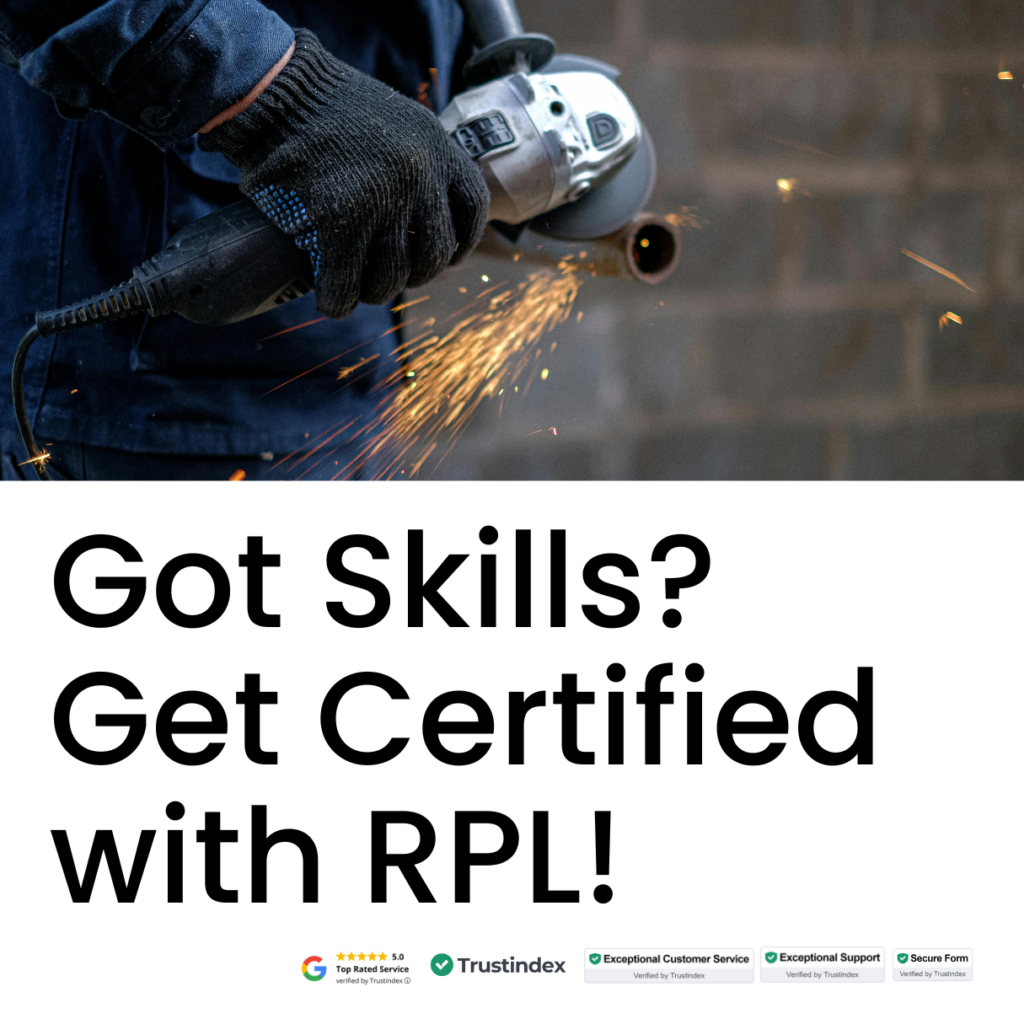Changing careers can be both exciting and challenging. Often, the biggest hurdle is feeling like you have to start from zero, relearn everything or go back to school for years. Recognition of Prior Learning (RPL) offers a smarter way to transition by acknowledging the skills and experience you already possess, allowing you to shift into a new career without unnecessary repetition.
This blog explains how RPL supports smooth career transitions and helps you leverage your existing expertise to build a fresh professional path confidently.
1. Recognises Transferable Skills and Experience
Many skills you’ve developed in your current career—such as leadership, communication, project management, or technical expertise—are valuable across industries. RPL assesses your transferable skills and formally recognises them, providing you with qualifications that support your new career goals.
This means you don’t have to relearn skills you already have, saving time and effort. Learn more about how RPL works in: What is RPL and How Does It Work?.
2. Builds a Bridge to Your New Profession
RPL doesn’t just assess what you’ve done; it helps identify the gaps between your current skills and those needed for your new career. This insight allows you to focus on targeted learning and training rather than starting from scratch.
You can create a tailored plan showcasing your existing qualifications and skills towards the new qualification, accelerating your career transition. For practical advice on portfolio building and evidence collection, see: The Ultimate Checklist for Building Your RPL Portfolio.
3. Understanding Gap Training When Switching Careers
When you transition to a new career using RPL, your existing skills are formally assessed and recognised. However, there may be specific skills or knowledge unique to the new field that you haven’t yet mastered. This is where gap training comes in.
What is Gap Training?
Gap training is focused learning designed to fill the areas where your skills or knowledge do not yet meet the standards required for your new career qualification. It is often recommended by the RTO assessor during the RPL process after reviewing your portfolio.
How Does Gap Training Work?
- The assessor evaluates your competencies against the qualification requirements.
- They identify areas where additional learning is needed.
- You undertake targeted training such as short courses, workshops, or practical placements to address these gaps.
- After completing gap training, your skills are reassessed to ensure you meet all criteria.
Benefits of Gap Training:
- Saves time and money by focusing only on needed skills.
- Increases your confidence by preparing you thoroughly for your new certification and role.
- Makes your career transition smoother and more effective.
4. Saves Time and Money During Career Change
Transitioning careers traditionally often requires enrolling in full courses or degrees, which can be costly and time-consuming. RPL enables you to fast-track your qualifications by validating prior learning, reducing both study time and education expenses.
This efficiency helps you enter your new career faster while minimising financial strain. Discover more financial benefits in: How RPL Can Save You Time and Money in Your Career.
5. Increases Your Confidence and Employability
With recognised qualifications supporting your transferable skills, you can confidently present yourself as a qualified candidate in your new field. RPL credentials show employers that you meet industry standards and are committed to professional growth.
This confidence can make a significant difference in job interviews and networking opportunities. Explore how RPL advances career growth in: RPL: The Key to Career Advancement and Better Job Opportunities.
6. Supports Lifelong Learning and Adaptability
Career transitions often require continuous learning. RPL aligns with ongoing professional development (CPD), encouraging you to keep expanding your skills and adapt to changing industry demands.
By combining RPL with CPD, you maintain a competitive edge throughout your career journey. Learn more about RPL and CPD in: RPL and Continuing Professional Development (CPD).
7. Mindset Tips for Overcoming Fears During Career Change
Changing careers can feel overwhelming. Here are mindset strategies to help you overcome fears and navigate the transition with confidence:
- Embrace a Growth Mindset: Believe your skills can grow through effort and learning.
- Focus on Transferable Skills: Recognise your valuable existing skills and how they apply to the new career.
- Break the Transition Into Steps: Set achievable goals like completing your RPL assessment or portfolio.
- Seek Support: Talk to STUDYIN RPL advisors who have helped over 45,000 clients.
- Accept Uncertainty: Understand it’s natural and focus on your preparation and progress.
- Celebrate Milestones: Acknowledge every achievement along the way to keep motivated.
Final Thoughts
Switching careers doesn’t mean starting over. Recognition of Prior Learning helps you leverage your existing skills to build new professional pathways efficiently and confidently. By combining RPL with gap training, continuous learning, and the right mindset, you can make your career transition smooth and successful.
Begin your journey today with STUDYIN’s Free 40-Second RPL Skill Assessment and discover qualifications tailored to your unique experience and goals.
All qualifications are awarded by our trusted partner RTOs.









